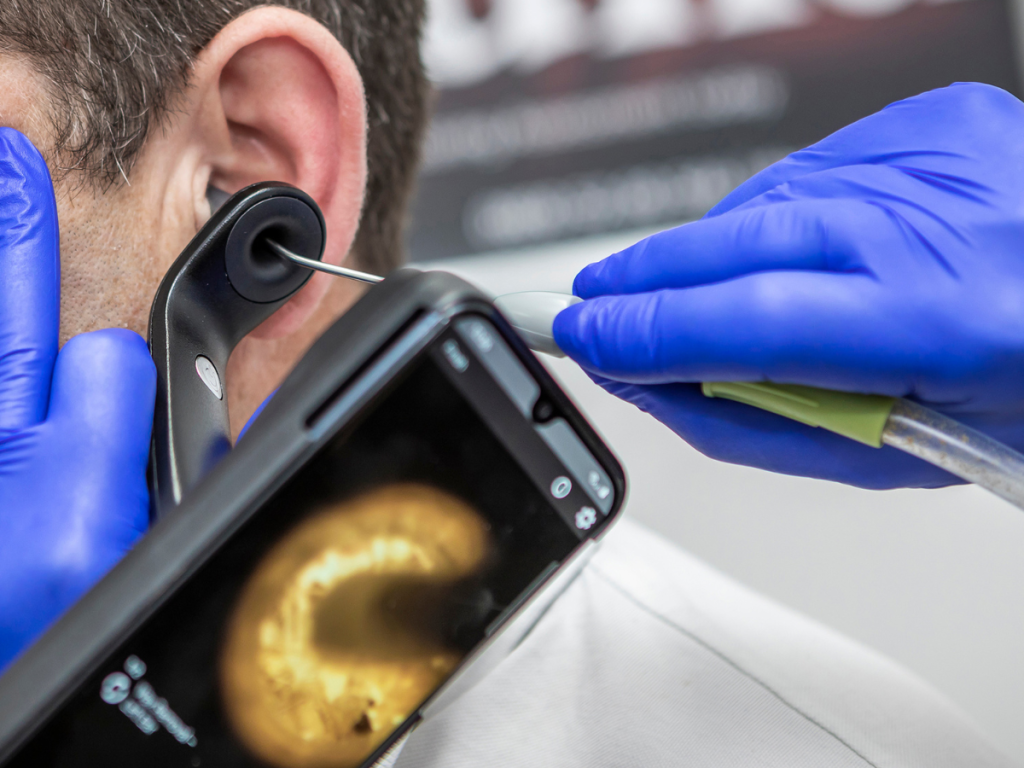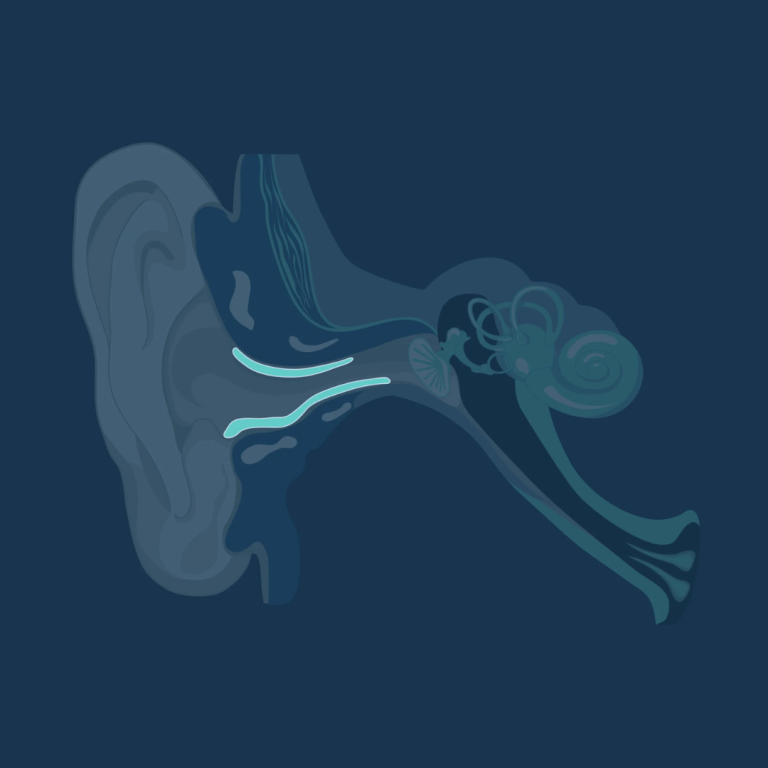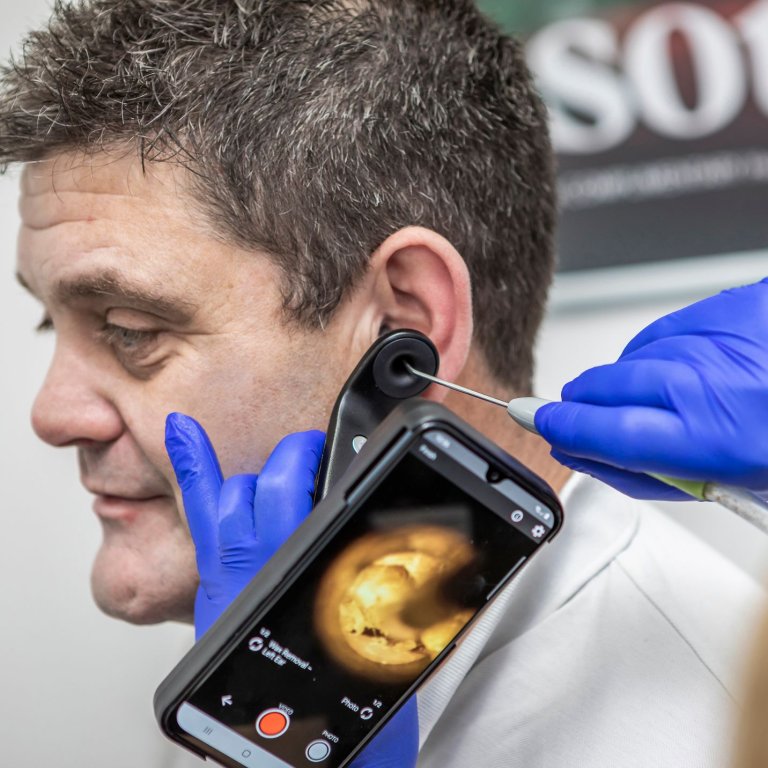Symptoms of ear wax build-up
How do I know I have a build-up of ear wax? When we have a build-up of ear wax, there are often some telltale symptoms we can experience. These include:
- Ear ache
- Temporary hearing loss
- Tinnitus
- Itchiness
- Ear infections
In some cases, ear wax build-up can go unnoticed for some time and will not cause any physical symptoms. In instances like this, we can still find out an awful lot about our ears from the colour of our ear wax. Here are a few common colours and what they mean:
Yellow to light brown: For healthy functioning ear wax, we would typically expect it to be this colour.
Dark brown: When our ear wax is dark brown, it means the wax has been in the ear for a while and will likely be quite hard. Wax of this colour could indicate there is a build-up.
Red: When ear wax presents itself as red, whether that is bright red or a brownish red, this indicates there has been a bleed within the ear which has occurred. Typically this is a result of damage caused by using cotton buds, but we’d recommend you get it checked out.
Green or cream: Greens and creamy colours can be a sign of an infection. These can be, but are not always, linked with pain, dizziness or discharge from the ears. If you suspect an infection is present, we would advise you to see your GP. Creamy-coloured ear wax can also be a sign that peroxide-based drops have been used in the ears.




